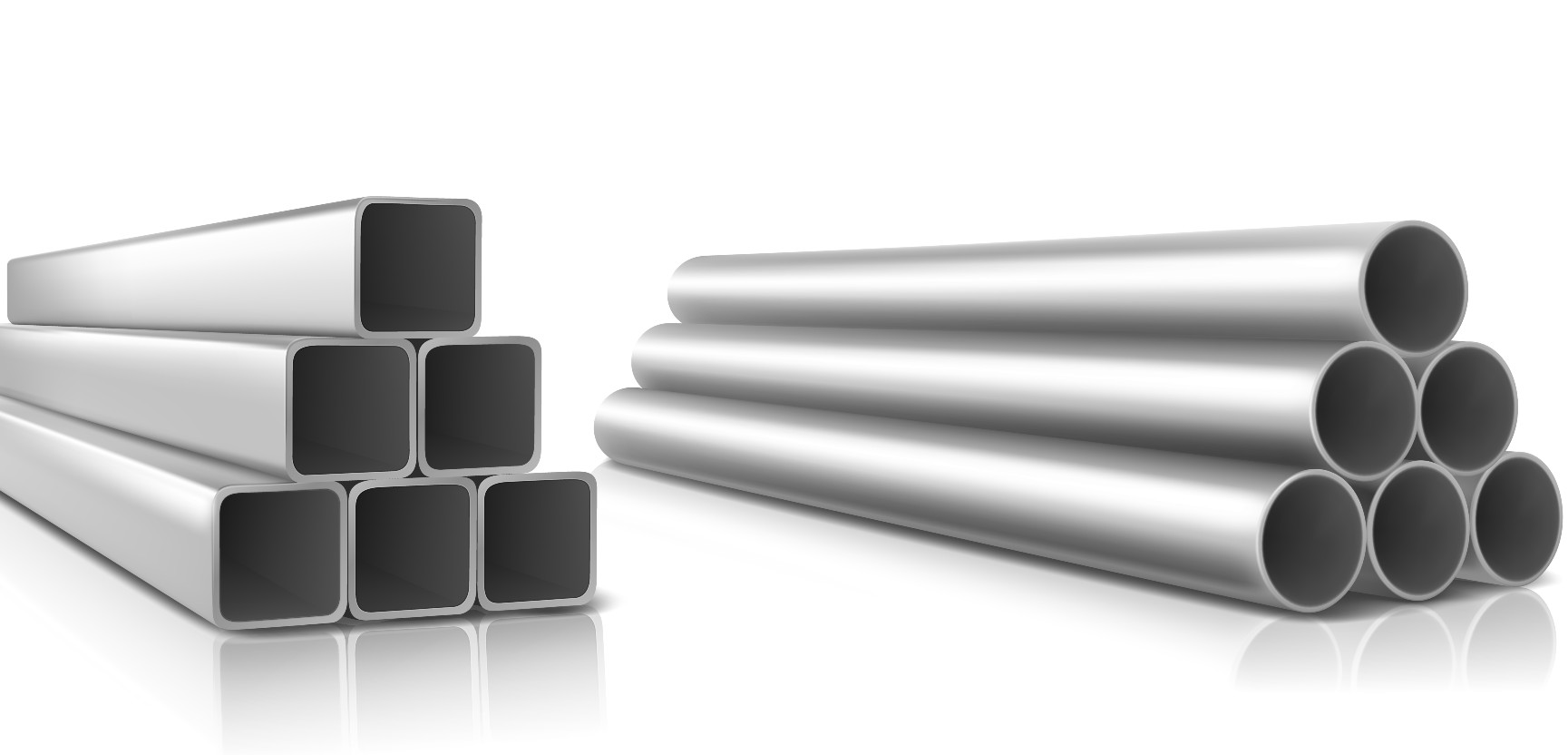Polymer Extrusion: Quick Overview Of Extrusion Process & Parameters
Extrusion is the most important and most massive technology in the polymer processing industry. Extrusion is used mainly for Thermoplastics, but Elastomers and Thermosets are also extruded. It is widely used for the production of film, sheet, pipe, and profiles, as well as for specialty processing operations, such as compounding, mixing, granulating, chemical reactions, and more. Materials like metals, polymers, ceramics, concrete, modeling clay, and foodstuffs can be extruded. Here in this article we will focus mainly on plastic extrusion.
The polymers that can be extruded have become essential to industry and commerce as well as to the consumer products markets. Weatherstripping, rubber and plastic trim, rubber and plastic tubes and a very wide variety of other plastic and elastomeric shapes are formed using the extrusion process.
PROCESS: Process starts by feeding plastic material (pellets, granules, flakes or powders) from a hopper into the barrel of the extruder. If the resin lacks additives necessary for the particular application (such as UV inhibitors, anti-oxidants, or colorants), then they are then added to the hopper. As the resin moves along within the barrel, it is subjected to extremely high temperatures until it starts to melt. Depending on the type of thermoplastic, barrel temperatures range is adjusted. Once the molten plastic reaches the end of the barrel, it is then forced into a die, which shapes the polymer into a shape that hardens during cooling by blown air or in a water bath.
IMPORTANT PROCESS PARAMETERS FOR EXTRUDERS: It is necessary to measure important process parameters to know what is going on in the extruder and to be able to control the process. The most important process parameters are melt pressure and melt temperature. They are generally the best indicators of how well or how poorly an extruder functions. Other important process parameters are:
- Screw speed
- Motor load
- Barrel temperatures
- Die temperatures
- Power draw of the various heaters
- Cooling rate of the various cooling units
- Vacuum level in vented extrusion
Some important parameters to be kept in mind while working on extrusion line:
- Line speed
- Dimensions of the extruded product
- Cooling rate or cooling water temperature
- Line tension
SOME POINTS TO BE CONSIDERED FOR GOOD DESIGNS: Material selection is one of the most important aspects for beautiful designs but there are some other factors as well which affects the end results such as:
Temperature Maintenance: Maintaining the correct temperature level and melting rate of the resin is an important consideration when creating plastic extrusions. Optimal temperature maximizes uniform fluidity of the plastic, and minimizes the possibility for stress and warping of the final product.
Screw Design: Heating rate, feed rate, and other integral extrusion factors are directly dependent on moving part in the plastic extruder i.e. the screw. The size and design of this component is very important. Generally calculation of screw diameter and length is based on the melting rate, size of the resin, type of raw plastic, and amount of pressure required to maintain uniformity.
Regular wall thickness: Variations in thickness can make the flow of plastic material through the tool difficult to regulate, causing cooling at different rates and distorting the finished profile.
Detail in hollow profiles: Internal definition in extruded hollow sections is difficult to regulate, so good profile design generally discourages the use of hollow sections. Complex detail can only be achieved by opening up the profile.
Length tolerances: If possible, design a little tolerance into required extrusion length. Thermoplastics contract and expand with temperature and cutting plastic profiles to a very critical length may add unnecessary processing and handling costs.
SOME SPECIALTY PLASTIC EXTRUSION PROCESS: Many applications need specialized extrusion processes to obtain adequate results or to speed up the production process. Some common specialty extrusion processes include:
Blown film extrusion: Used to fabricate plastic film products such as grocery and food storage bags. The dies in this process feature an upright, cylindrical design that pulls the molten plastic upward as it forms and cools.
Coextrusion: It is a process in which two or more polymer materials are extruded together to produce different multilayer structures, e.g., pipes, panels, and core-shell profiles.
Overjacketing: It is the process of covering an item with a protective extruded layer of plastic. This process is commonly used for electrical wires.
Tubing extrusion: It is used to manufacture products like medical tubing and drinking straws. This process is exactly similar to the process of regular extrusion, until the stage of die.
Don't forget to checkout the following expert recommended trainings to scale up your polymer extrusion skills.
Twin Screw Extrusion; Set-up And Optimizing Process Parameters For Performance And Cost Saving

